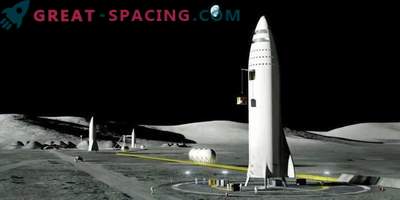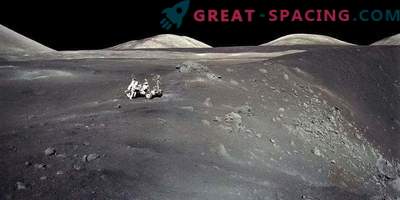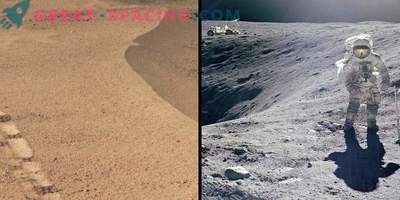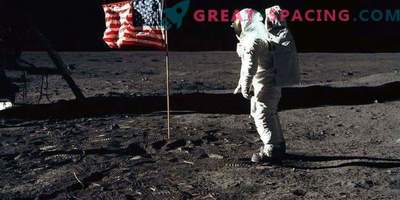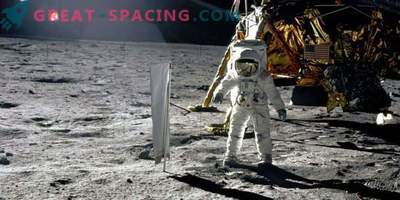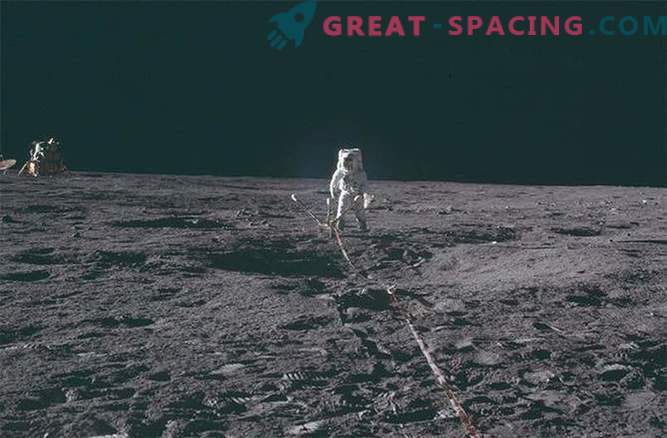
The Apollo mission never looked better than on these photos. After more than forty years after the exploration of the lunar surface, two photo projects show us the moon as only a few people have seen it. NASA uploaded thousands of scanned photos of the Apollo project to Flickr. In addition, the “Apollo: The Panoramas” crowdfunding project was launched, which next year will release these illustrations in a hard cover, easily typing the amount needed for this.

In the late 1960s, it was rumored that astronauts who had stepped onto the surface of the moon could sink into loose soil. But this did not bother NASA experts: before Apollo 11, research stations Surveyor-3 (USA) and Luna-9 (USSR) proved that there would be no subsidence in the ground. The study of images allowed us to determine how deep the lunar module legs went into the surface of the satellite.
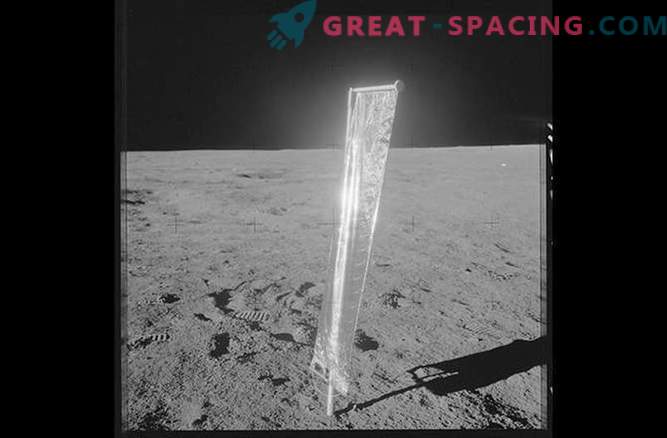
In addition, NASA was interested in conducting experiments on the lunar surface. Some of the experiments were carried out from mission to mission, such as measurements on the surface of a solar wind satellite. Interviewing astronauts and exploring photos, NASA experts were able to make the necessary improvements in the methods of conducting experiments on the following missions.
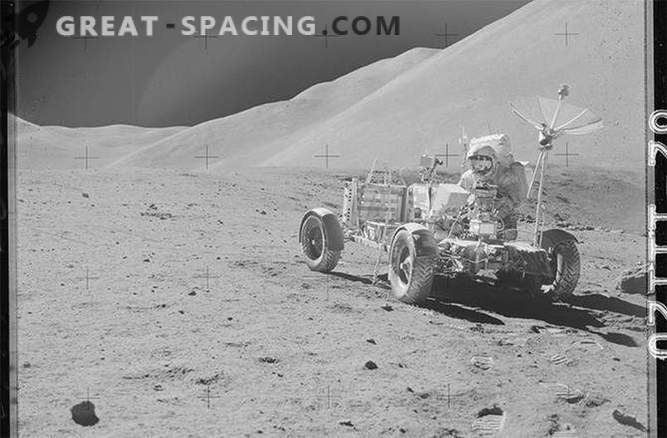
As the Apollo program developed, astronauts improved their knowledge of geology to work more effectively on the surface of the moon. This allowed them to choose soil samples, which provided detailed information about the geological structure of the Earth satellite and to transmit to the Mission Management detailed information about the surrounding area. So, Apollo 15 commander Dave Scott made a brief description of the surrounding landscape even before he stepped onto the surface: he leaned out of the lunar module and looked around, took a few pictures and passed this information to NASA.

Without a lunar rover, the Apollo missions would have to seriously limit their research on the satellite surface. The Lunokhod could transport various equipment, soil samples and astronauts themselves for many miles along the surface of the Moon, which made it possible to conduct more extensive research. At the same time, NASA took care that the astronauts did not cross the “limit of no return”, so that in case of a lunar rover breakdown, they would have the opportunity to return to the lunar module on foot.

Where exactly did the astronauts visit the surface of the moon? This question has ceased to be trivial after astronauts began using lunar rovers, which enabled them to travel many miles from the landing site. NASA carefully studied the astronaut talks, data from surveillance cameras, tracking the routes of movement of crews on the lunar maps. Later, after receiving the photos, they were studied to compare the images with a specific terrain.
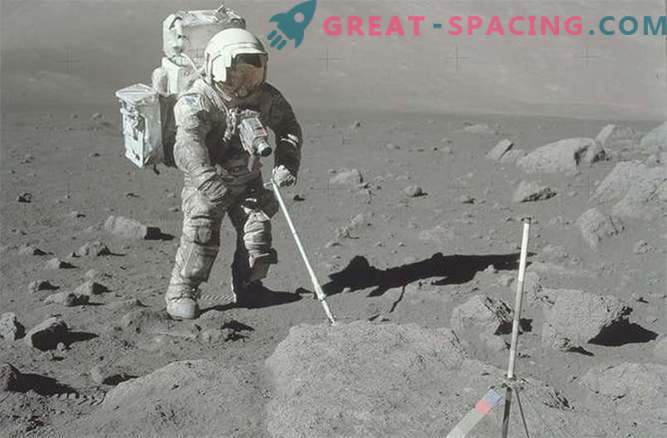
While the astronauts tried to describe their surroundings as best they could, NASA used a special color tool to “calibrate” images from the moon to determine their true color. The model for this, which allows determining the color range of the surrounding area from afar, was the color of regolith brought from the moon. This turned out to be very important for Apollo 17: the astronauts discovered an orange-colored stone and thought that it looked so in contrast to the surrounding landscape of gray tones. But they were right: the volcanic rock really had such a shade.



